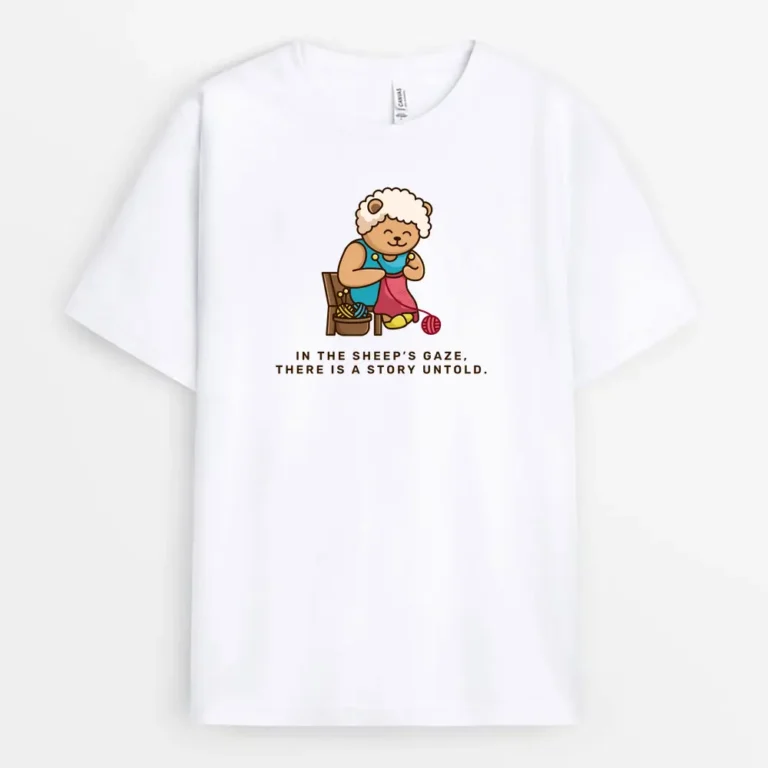Selecting the right t-shirt can be a straightforward task or a perplexing experience, especially when faced with a myriad of styles, cuts, and sizing labels. Whether you are shopping for yourself or looking to gift someone else, understanding how t-shirt sizing works according to US standards can make the entire process smoother and save you from potential wardrobe mishaps. In this blog post, we will delve deep into the nuances of US t-shirt sizing, provide tips on how to find the perfect fit, and highlight some key considerations for various body types and styles.

Understanding US T-Shirt Sizes
In the United States, t-shirt sizes typically range from Small (S) to Extra Large (XL) and beyond, often extending to sizes like 2XL, 3XL, and even more. Although sizing may vary between brands, understanding the general size chart can help you make an informed decision.
T-Shirt Size Chart
Below is a standard size chart for adult t-shirts, which can serve as a guideline for your shopping endeavors:
*Note: Measurements are taken around the fullest part of the chest and from the highest shoulder point to the bottom hem.
Consider Your Body Type
Choosing a t-shirt size is not solely about the label; it’s also about how the garment interacts with your body shape. Here are some tips to consider based on different body types:
1. Standard Fit for Average Builds
For individuals with average builds, following the size chart is typically sufficient. If your measurements fall within a particular size range, that size should work well for you. Pay close attention to your chest and length measurements to ensure a comfortable fit.
2. Athletic Build
If you have a more muscular or athletic body type, you may want to opt for a size larger than your usual choice. A t-shirt that fits snugly around the chest might become restrictive, so consider going one size up or exploring t-shirts with a tailored fit designed for broader shoulders.
3. Slim Build
Individuals with slim builds might prefer fitted or slim-fit t-shirts that taper at the waist for a more modern silhouette. Check out shirts labeled “fitted” or “slim,” as these cuts are tailored to reduce excess fabric and enhance body contours.
4. Plus Sizes
For those who require plus sizes, many brands offer t-shirts labeled as 1X, 2X, etc., that accommodate a fuller figure while providing ample room. Always refer to specific brand size charts, as they can vary widely.
Fabric and Fit
The fabric of a t-shirt can dramatically affect its fit and feel. Here are some common materials and what to expect from each:
1. Cotton
Cotton is the most common t-shirt fabric and is known for its breathability and comfort. However, it can shrink after laundering, especially if it hasn’t been pre-shrunk. If you choose a 100% cotton t-shirt, consider sizing up if you’re between sizes.
2. Polyester and Blends
Polyester t-shirts typically maintain their size and shape better than cotton, making them great for active wear. Consequently, they might fit a bit differently than those made of 100% cotton, so always check the sizing.
3. Raglan and Athletic Cuts
Raglan t-shirts feature sleeves that extend to the collar, offering a relaxed fit around the shoulders. Athletic cuts are designed with more room in the chest and shoulders, catering specifically to those with a muscular build. If you prefer this style, sizing may differ, so pay attention to how it fits your body.

4. Fitted vs. Relaxed Fit
Fitted t-shirts often hug the body more tightly, while relaxed styles offer extra room, resulting in a more casual look. Choose a fitted t-shirt if you want a sleek appearance, but go for a relaxed option if comfort is your priority.
Measuring Yourself for the Perfect Fit
To ensure you select the correct size, take a few minutes to measure yourself. Here’s how:
Tools You’ll Need
Measuring tape
A mirror (for adjusting the tape)
A notepad for jotting down measurements
How to Measure
Chest Width: Wrap the measuring tape around the fullest part of your chest, ensuring it’s level and snug but not too tight. Make sure you keep your arms at your side.
Length: Measure from the highest point of your shoulder (near the neck) to the bottom hem of the t-shirt. This ensures you get the correct length.
Sleeve Length: For long-sleeve t-shirts, measure from the center back of your neck, over your shoulder, along your arm, to your wrist bone.
Waist (for fitted styles): Measure around your natural waist, which is located just above the belly button.
Once you have your measurements, refer back to the size chart to find the best fit. If you’re between sizes, consider your preference for a snug or more relaxed fit when making a decision.
Consider Brand Variations
Different brands often have varying sizing standards, making it essential to view their specific size charts when shopping. When trying a new brand or style, read customer reviews regarding fit, as this can provide insights from others who have made similar purchases.
Finding the perfect t-shirt size according to US sizing standards might seem daunting at first, but by understanding the measurements, considering body type, and factoring in the fabric and fit, you can make informed decisions that lead to a fulfilling shopping experience. Take your time to measure yourself accurately, refer to size charts, and don’t hesitate to try on various styles before settling on the ideal fit. Whether you’re looking for a classic tee, a stylish graphic shirt, or something tailored for everyday lounging, knowing how to choose the right size empowers you to shop confidently and consistently. Happy t-shirt hunting!
